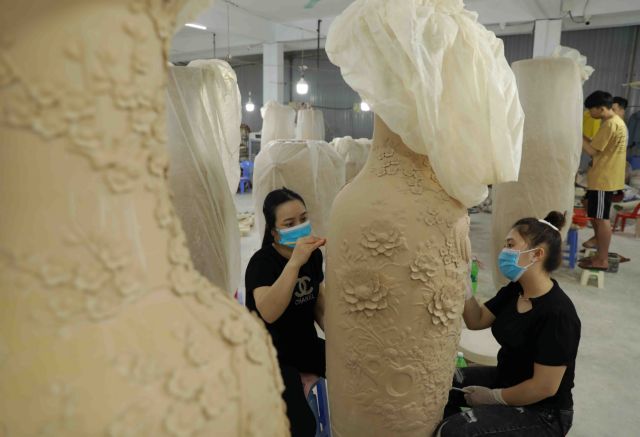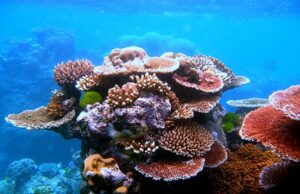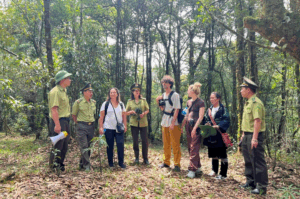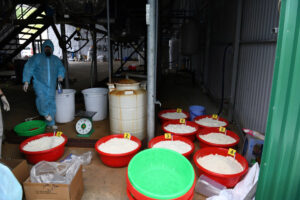The capital city of Ha Noi has the biggest number of traditional craft villages in the country.

A worker at a ceramic workshop in Bat Trang Village. — VNA/VNS Photo
The development of such villages in recent years has made an important contribution to the city’s development by taking advantage of workers of all ages in small-scale production to make non-agricultural products.
However, the development of the villages also puts pressure on the city’s environment.
According to Prof. Dang Kim Chi, vice president of the Viet Nam Association for Nature and Environment Protection, most rural craft villages in Viet Nam are made up of small and medium-sized economic activities carried out by households, co-operatives, and rural private enterprises.
The villages have a great influence on the socio-economic development of rural areas.
There are about 1,350 craft villages in the capital and about 56 per cent are in rural areas.
According to research by the Japan International Co-operation Agency (JICA), Ha Noi’s craft villages currently have 47 occupations out of 52 nationwide, in areas such as ceramics, textiles, footwear, sculpture, mosaic, lacquer, bamboo and rattan, bronze casting and mechanical engineering.
The total number of labourers in the craft villages is more than 1 million people, accounting for about 46 per cent of the total number of industrial and handicraft workers in the city.
The average income of a worker in a craft village is 2-2.5 times higher than in agriculture.
Awareness of environmental protection
According to Chi, craft villages have significantly contributed to the capital’s socio-economic development.
However, the development puts a lot of pressure on the city’s environment as the awareness of the villagers is not high, and they do not understand the dangers of environmental pollution.
Craft village production is mainly in the suburbs on a small-scale handicraft level. Most production establishments face difficulties in terms of production space and typically use their own accommodation for production.
The management and protection of the environment have not been adequately paid attention to. Most rural communes do not have environmental professionals and only do part-time work. This put great pressure on the capital’s environment and causes environmental pollution in certain areas.
Typically a craft village processes agricultural products, food, and medicinal herbs, with typical examples found in Thanh Tri, Thach That, Phuc Tho Quoc Oai and Hoai Duc districts.
Survey results show that environmental pollution in these villages is severe due to producing starch, brewing wine, and raising and slaughtering cattle. Wastewater for one tonne of product usually averages around 60-100 cu.m.
Villages in textiles, leather, and votive paper are in a similar situation.
In recent years, there have been many co-operatives, and a number of households that have expanded their business scale and upgraded to companies, making pollution more serious.
Faced with this, it is necessary to urgently solve the environmental pollution in craft villages and surrounding areas to ensure their sustainable development.
“To overcome the shortcomings in the environmental management of craft villages in Ha Noi, it is necessary to complete legal documents and regulations on environmental protection of craft villages in accordance with the characteristics of craft villages,” Chi said.
“The environmental management capacity of local authorities must be raised including environmental protection and responsibilities of the commune and village-level agencies as well as strict sanctions for polluting in craft production establishments.
“Local governments should have financial incentive policies for improving the environment of the craft villages and call for financial support from organisations, environmental protection funds for investment in pollution treatment works and environmental communication.”
Chi added that one of the solutions for the preservation and development of craft villages was developing and branding craft village products, creating a consumption channel for village products.
"If a craft village is recognised for making something branded as One Commune, One Product (OCOP), orders increase and help the village to further develop," she said.
However, this would need to be integrated as OCOP products must be produced in areas that ensure environmental quality, social stability and sustainable development.
“The environment of the craft villages is only really improved when the communities, owners, local government officials and villagers, are aware of their responsibility to protect the environment,” Chi said.














